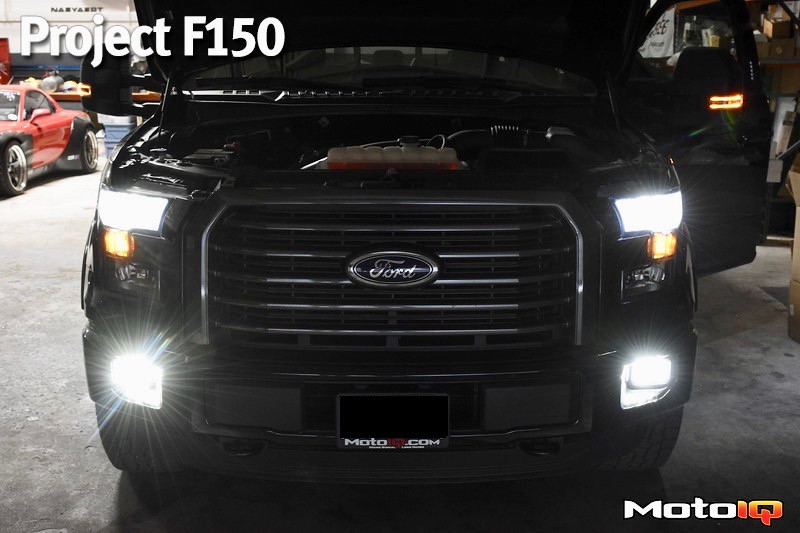,
MotoIQ: How do modern CANBUS vehicles deal with such a system? Are all lighting systems affected or just the main headlights?
Adam: Every vehicle manufactured these days has a CANBUS system. CANBUS quickly became a term folks associated with lighting. “CANBUS compatible” was a marketing term used, really just indicating that the LED lights would turn on — and actually work. What you see a lot of, especially on Dodge vehicles, is that vehicle computers are so trained to look for flaws, that when they expect a 35W bulb to be lighting up and see almost no load on the headlight lines, they turn the circuit off. Other times, the light flickers. This is a normal condition on most vehicles. LEDs pull a lot less power. CANBUS load resistors are available; these put a load on the line, tricking the computers into thinking everything is normal. Not every vehicle requires these, but some newer ones do. This is a problem with HID as well, because all the computer sees is a tiny 12VDC relay, which in turn triggers the lights. You don’t require a lot of power to trigger a relay, so the computers go crazy. Turn indicators are notorious for this. A halogen blinker pulls a lot of power, believe it or not! It takes a lot to burn that filament. On the other hand, LEDs call for almost no power at all. Most vehicles work fine when just turning an LED on or off, say in the case of a reverse light or an indicator light. However, with turn signals, they go a bit crazy again. Those [halogen lights] are putting out varying amounts of light, and LEDs are either on or off. They don’t get brighter if you apply less power or more power — they just turn on or off, so the vehicle has no way to toggle between low and high power. Utilizing a load resistor successfully tricks the computer. It sees the load and thinks everything is fine.
MotoIQ: Are these lights legal or just tolerated?
Adam: Hey, look over there! Right, this is a bit of a grey area. The bulbs themselves are not DOT legal for most companies. It takes a lot of money and a lot of testing to get DOT approval. However the housings they are being put in are DOT legal. The rule of thumb is if you are using them in projectors you are pretty much okay. This is because the projector is designed to use these style lights. When you start using LEDs [and HIDs] in non-projector housings, that is where things can go a bit crazy. It’s not that it’s a bad idea, but you have to look at every installation. You can’t just throw a set of lights in and call it a day. The light pattern is usually the same, but you are throwing a lot more light out now. Some housings are smaller than others and all that light has to go somewhere. Typically on the larger trucks, with larger housings, LEDs work very very well [2015+ Ford F-150 trucks for example]. The housing is just so big that the light works great. Every vehicle is different. LEDs have come a long way from where they used to be — but they throw a lot of light out. You just have to be mindful of your installation. You MUST adjust your headlights after you swap the bulbs in [MotoIQ: we could not agree more]!
We decided we liked the bright white light associated with many contemporary LED units (like those used by OEMs, yielding a factory looking setup). We also wanted to ensure this would be a long-lived setup — getting inside these housings is a bit of a project! Howard makes everything look easy, but you'll need an hour or two the first time you try it.
According to people we talked to at Ford, some past models suffered from the incursion of moisture in the headlight housings. These new housings are nicely sealed, but some disassembly is required if you need to replace a unit for any reason! Failures are not common, so this strategy will likely pay off in the long run.
If you are on the fence, check out this video. Adam performs a series of brutal tests, and the LED units remain completely functional. It's worth noting that the units from this test video are still on his daily driver F150 today!


 He disconnects the headlight wiring connector so that the entire housing can be removed.
He disconnects the headlight wiring connector so that the entire housing can be removed.



